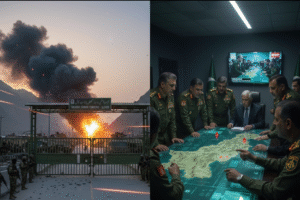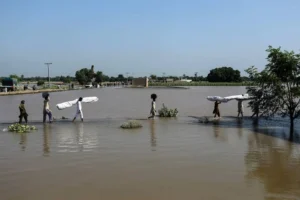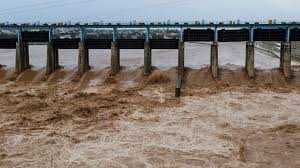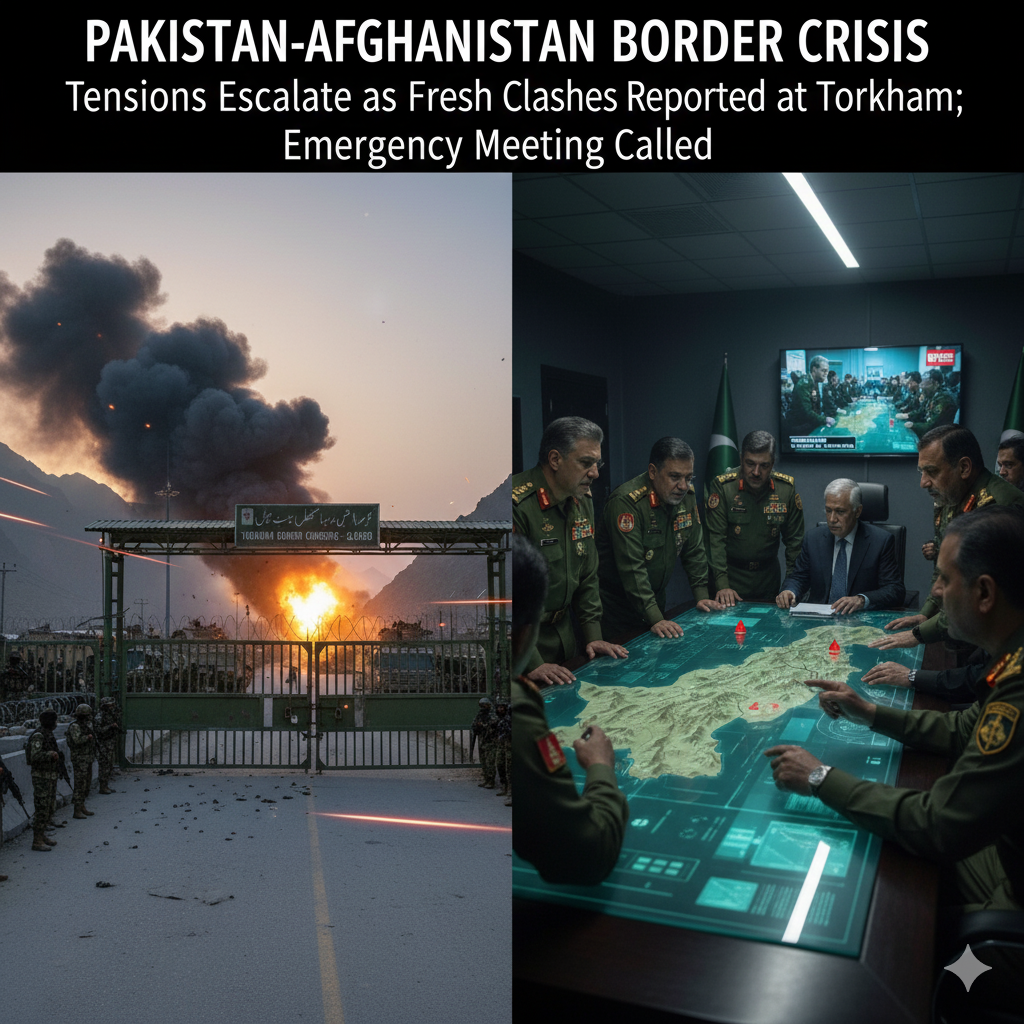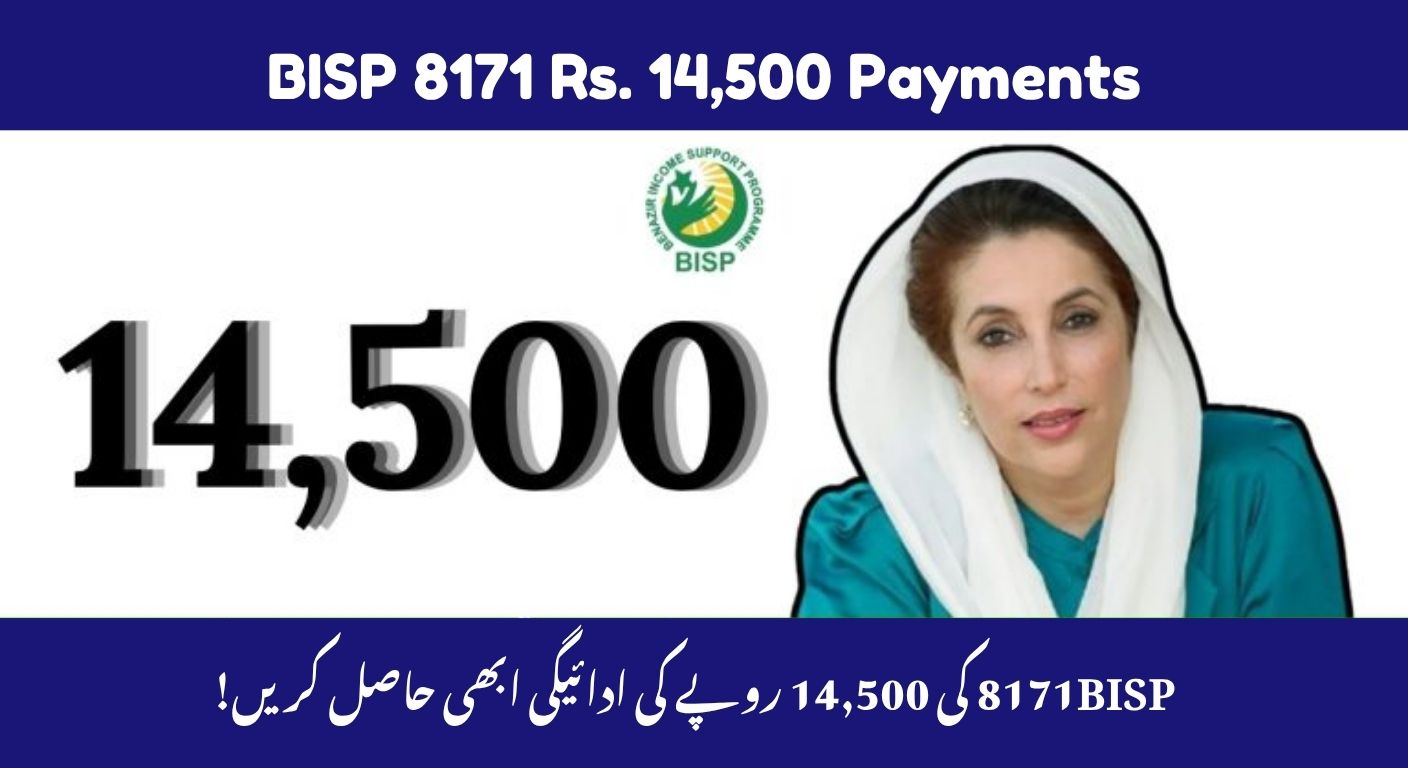For decades, water sharing between India and Pakistan has been guided by the Indus Waters Treaty (IWT), a landmark agreement signed in 1960 with the World Bank as guarantor. Despite ongoing tensions between the two neighbors, the treaty has remained one of the few functioning diplomatic channels. However, a new development has sparked attention in both policy circles and international news: India Notifies Pakistan of Floodwaters through a method that bypasses the formal protocol outlined in the IWT.
This move is raising questions about water diplomacy, treaty interpretation, and the future of transboundary cooperation in South Asia.
Why Floodwater Notifications Matter
South Asia is home to some of the most densely populated river basins in the world. Seasonal floods, driven by melting glaciers and monsoon rains, frequently devastate communities along the Indus Basin. Timely sharing of flood-related data between India and Pakistan is not just a matter of diplomatic courtesy it saves lives, protects agriculture, and minimizes economic losses.
Every occasion when India Notifies Pakistan of Floodwaters, the speed and accuracy of that information determines how effectively Pakistan’s disaster management agencies can mobilize resources. This makes the present notification significant, even though it falls outside the official treaty mechanism.
A Move Outside the Indus Waters Treaty
The Indus Waters Treaty provides a structured framework for water sharing, including flood related communication. However, the latest instance where India Notifies Pakistan of Floodwaters did not take place under this treaty’s prescribed path. Instead, India used its High Commission as the channel for communicating the alert.
Analysts argue this subtle shift could be both symbolic and practical. On the one hand, it demonstrates India’s willingness to share crucial data despite strained bilateral ties. On the other hand, bypassing the standard treaty mechanism may suggest New Delhi’s intent to redefine the boundaries of cooperation in times of crisis.
Possible Motivations Behind India’s Move
Strategic Diplomacy
One interpretation is that New Delhi intends to show flexibility in dealing with humanitarian concerns like flooding, outside the rigid framework of the treaty. In doing so, India Notifies Pakistan of Floodwaters in a way that projects responsibility while also reminding Islamabad of its dependence on cross-border hydrological updates.
Tactical Pressure
A different perspective sees this as quiet pressure on Pakistan. By using alternative channels, India could be signaling that while it will continue to share urgent information, the mechanisms of cooperation might change depending on wider political and security dynamics.
Implications for Pakistan
For Pakistan, the primary concern remains safety and preparedness. Each time India Notifies Pakistan of Floodwaters, agencies like Pakistan’s National Disaster Management Authority (NDMA) and provincial administrations are able to issue timely evacuation orders, safeguard critical infrastructure, and coordinate humanitarian aid.
Still, the decision to circumvent the treaty’s official channels leaves Islamabad in a complicated position. Should Pakistan call for reaffirmation of the treaty protocols, or welcome India’s alert as evidence of goodwill regardless of the method?
Regional and International Relevance
Water security is increasingly becoming an element of international diplomacy, particularly in regions where climate change exacerbates hydrological stress. In this context, the headline “India Notifies Pakistan of Floodwaters” is not just about bilateral relations; it resonates globally as an example of how states navigate humanitarian obligations amid political rivalries.
Experts in transboundary water management argue that this case illustrates two trends:
-
A growing recognition of the humanitarian dimension of water data sharing.
-
The subtle use of water diplomacy as a bargaining tool in larger geopolitical negotiations.
Historical Context
Since 1960, the Indus Waters Treaty has survived wars, political upheavals, and decades of mistrust. India retains control over the eastern rivers while Pakistan governs the western ones. Despite frequent disputes, the mechanism for data exchange especially flood alerts—has been one of the treaty’s most functional aspects.
Therefore, when India Notifies Pakistan of Floodwaters outside the treaty framework, it represents both continuity and change: communication is happening, but not necessarily on Pakistan’s preferred terms.
Expert Opinions
Policy experts warn against overreacting. Floodwater notifications remain highly technical in nature, and humanitarian considerations are usually given priority. In this light, the fact that India Notifies Pakistan of Floodwaters on time could be viewed positively, even if the method deviates from established protocol.
However, others express concern that repeated bypassing of treaty mechanisms might erode the institutional architecture that has long supported stability in water relations.
Conclusion
The headline “India Notifies Pakistan of Floodwaters” captures more than just a routine diplomatic exchange. It underscores the delicate balance of water diplomacy between two nuclear armed neighbors, highlights the central role of flood alerts in saving lives, and reveals how climate driven disasters are interwoven with geopolitics.
Whether this becomes a precedent for more flexible cooperation or a sign of treaty erosion depends on how both countries choose to frame this moment. What remains clear is that in the age of climate change and unpredictable weather patterns, reliable communication about water flows is no longer optional—it is essential.



